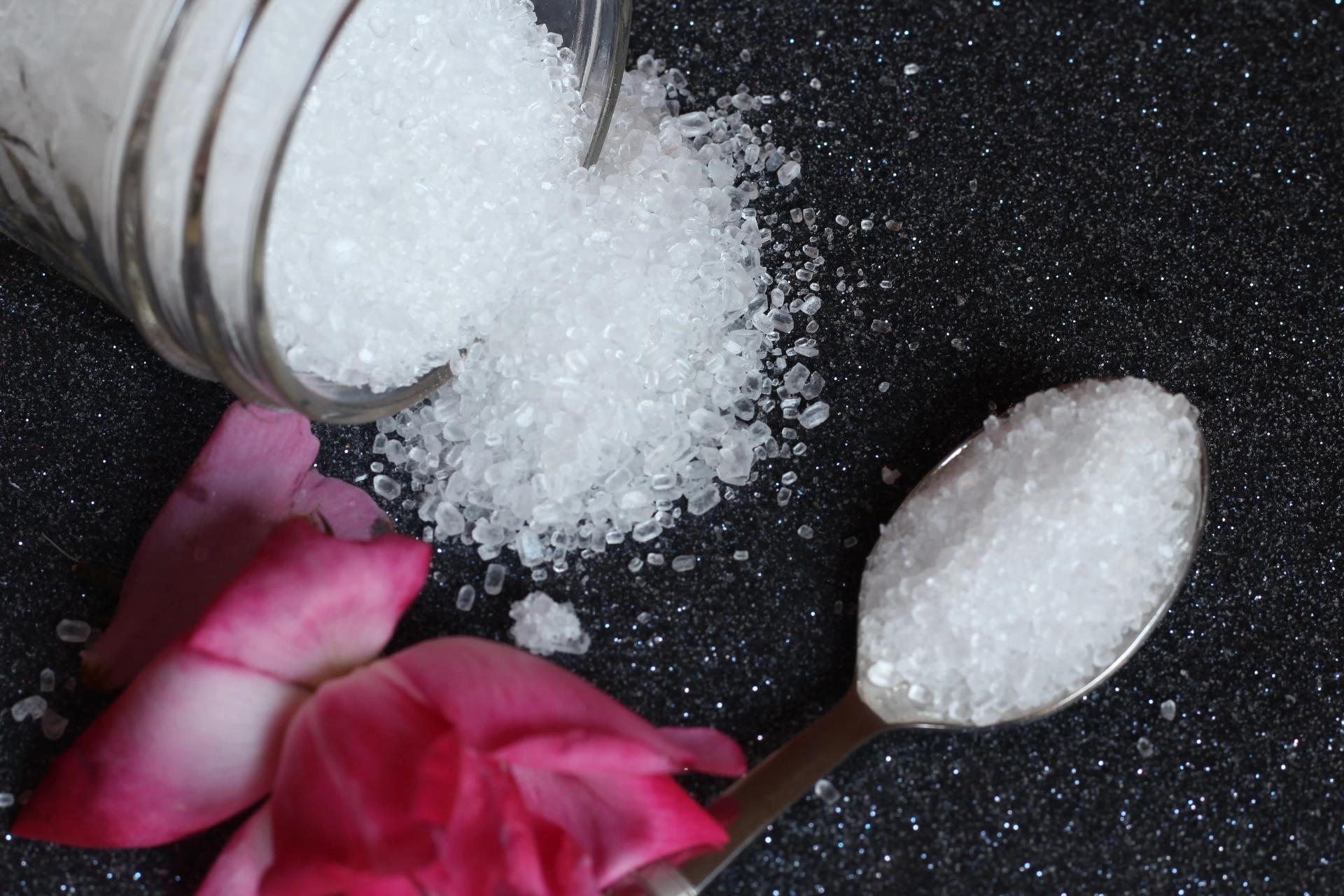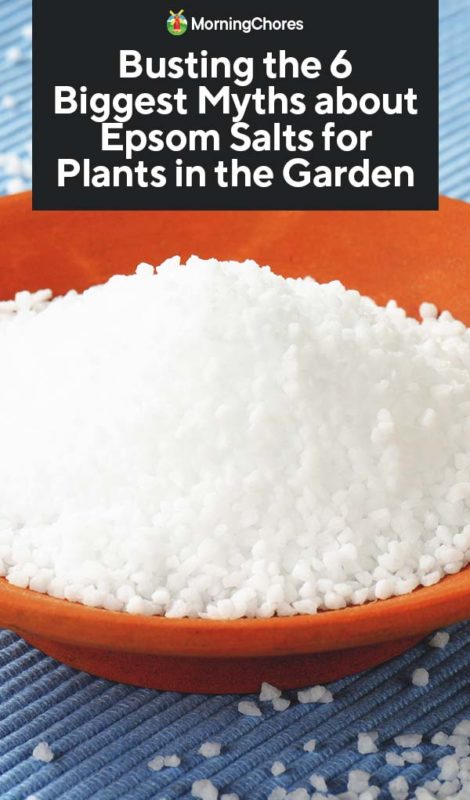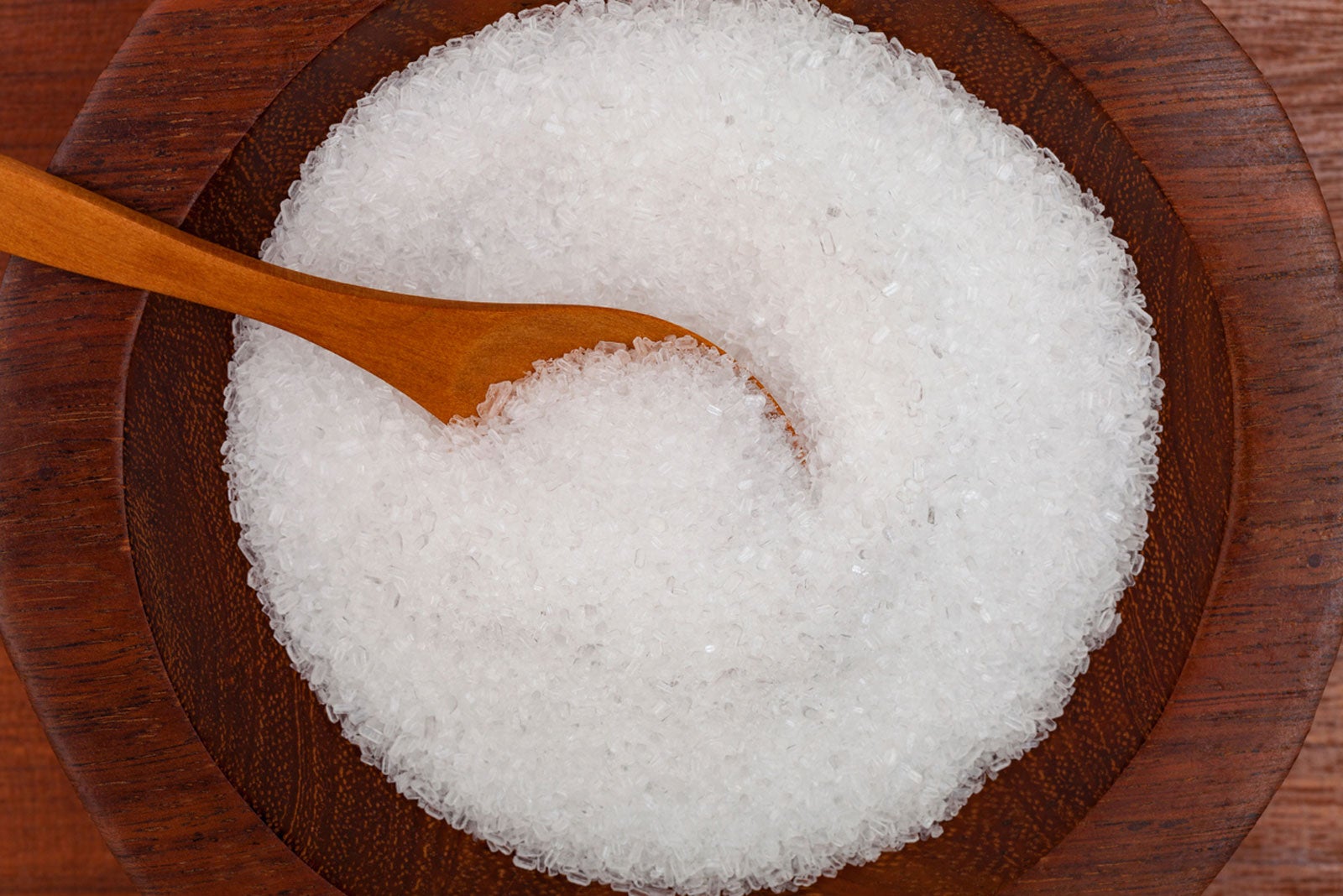Understanding What Plants Don't Like Epsom Salt for Healthier Gardens
Understanding What Plants Don't Like Epsom Salt for Healthier Gardens
Blog Article
Discover the Particular Plants That Are Negatively Affected by Epsom Salt Application
Epsom salt, a preferred household solution for numerous horticulture issues, is frequently praised for its helpful effects on plant development. Understanding the details plants that can be negatively impacted by Epsom salt is vital for any gardener looking to optimize their plant care regimen.
Roses

Roses, specifically conscious modifications in their atmosphere, can be negatively impacted by the application of Epsom salt. While Epsom salt is frequently used as a plant food to promote plant development and boost flowering, roses are one of the plants that do not respond well to its application. The high magnesium content in Epsom salt can interfere with the uptake of other vital nutrients by the rose plants, resulting in deficiencies that materialize as yellowing fallen leaves or stunted development.

Tomatoes
Tomatoes, recognized for their versatility in cooking applications, can display negative results when revealed to Epsom salt due to their certain nutrient requirements. While Epsom salt is usually promoted as a treatment for numerous plant concerns, including blossom end rot in tomatoes, its application can bring about damaging outcomes if not used sensibly. Tomatoes are heavy feeders that need a balanced intake of nutrients, particularly calcium, to prosper. Extreme Epsom salt, which is magnesium sulfate, can interfere with the delicate nutrient balance required by tomatoes, possibly leading to shortages in other essential nutrients like calcium. This inequality may materialize in signs such as stunted growth, yellowing fallen leaves, or perhaps decreased fruit manufacturing in tomatoes. Therefore, when taking into consideration making use of Epsom salt on tomatoes, it is critical to abide by advised application rates and dirt screening to avoid unintentional consequences on the total wellness and efficiency of these precious garden plants.
Peppers
Peppers, admired for their numerous shades and degrees of spiciness, can show vulnerability to adverse influences from Epsom salt when not used with care and factor to consider for their specific dietary needs. what plants don't like epsom salt. Peppers, belonging to the Solanaceae family members, require a fragile balance of nutrients to flourish. While Epsom salt is known to enhance magnesium levels in plants, extreme application can disrupt this equilibrium, causing damaging results on pepper plants
When peppers are subjected to high levels of magnesium from Epsom salt, it can hinder the plant's capability to soak up various other vital nutrients like calcium and potassium. This inequality might materialize in signs such as fallen leave discoloration, stunted development, and decreased fruit production. Additionally, the excessive magnesium can modify the dirt pH, additional intensifying nutrient uptake problems for peppers.

Rhododendrons
Provided the sensitivity of specific plant varieties to discrepancies triggered by Epsom salt, it is necessary to take into consideration the impact on Rhododendrons, which additionally require particular nutrient levels to grow. Rhododendrons are acid-loving plants that choose acidic dirt problems with a pH array in between 4.5 and 6.0. Epsom salt, chemically called magnesium sulfate, can change the dirt pH and interfere with the fragile balance of site here nutrients important for Rhododendron health.

To maintain the optimal development and health and wellness of Rhododendrons, it is critical to prevent the unplanned usage of Epsom salt and instead focus on giving the certain acidic soil problems and nutrients that these plants require for flourishing.
Azaleas
Azaleas, recognized for their lively blossoms and broad series of colors, are ornamental hedges that belong to the Rhododendron genus. These prominent blooming plants are commonly found in landscapes, parks, and yards due to their elegance and convenience. Azaleas are sensitive to modifications in dirt pH degrees, which can significantly impact their growth and general health. While Epsom salt is commonly used as a solution for magnesium deficiency in plants, its application to azaleas can have negative investigate this site results.
Azaleas choose slightly acidic soil problems, and an excess of magnesium from Epsom salt can interrupt this equilibrium, leading to nutrient inequalities and potential toxicity issues. The inaccurate application of Epsom salt can result in stunted growth, yellowing of leaves, and overall decrease in the health of azaleas.
Conclusion
To conclude, it is essential to be familiar with the certain plants that can be adversely impacted by the application of Epsom salt. Roses, tomatoes, peppers, azaleas, and rhododendrons are some examples of plants that may not gain from Epsom salt and might also endure harm. It is vital to study and understand the requirements of each plant types before using Epsom salt as a fertilizer to ensure their health and wellness and well-being.
Recognizing the particular plants that can be negatively affected by Epsom salt is vital for any type of gardener looking to enhance their plant care routine. While Epsom salt is generally made use of as a plant food to advertise plant development check out here and boost flowering, roses are one of the plants that do not react well to its application.Too much usage of Epsom salt can also result in an accumulation of salts in the soil, leading to root damages and dehydration of the rose plants. While Epsom salt is understood to increase magnesium degrees in plants, excessive application can disrupt this balance, leading to unfavorable impacts on pepper plants.
The high salt web content in Epsom salt can likewise dry out Rhododendron roots, causing additional stress and anxiety and damage to the plant. (what plants don't like epsom salt)
Report this page